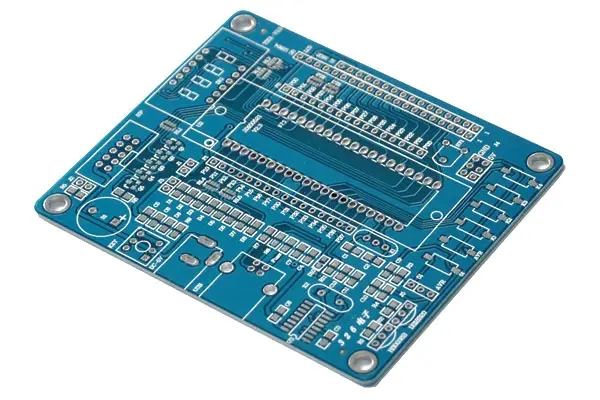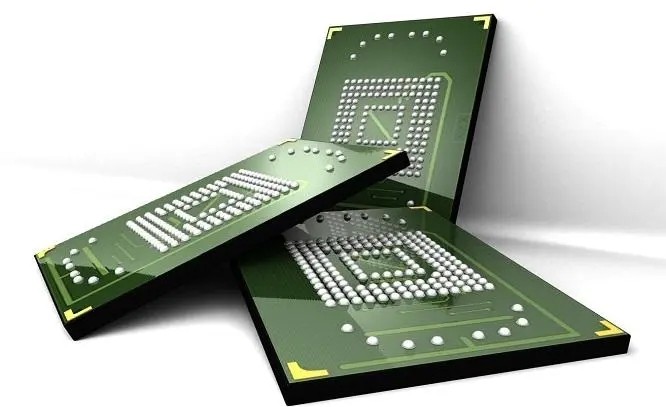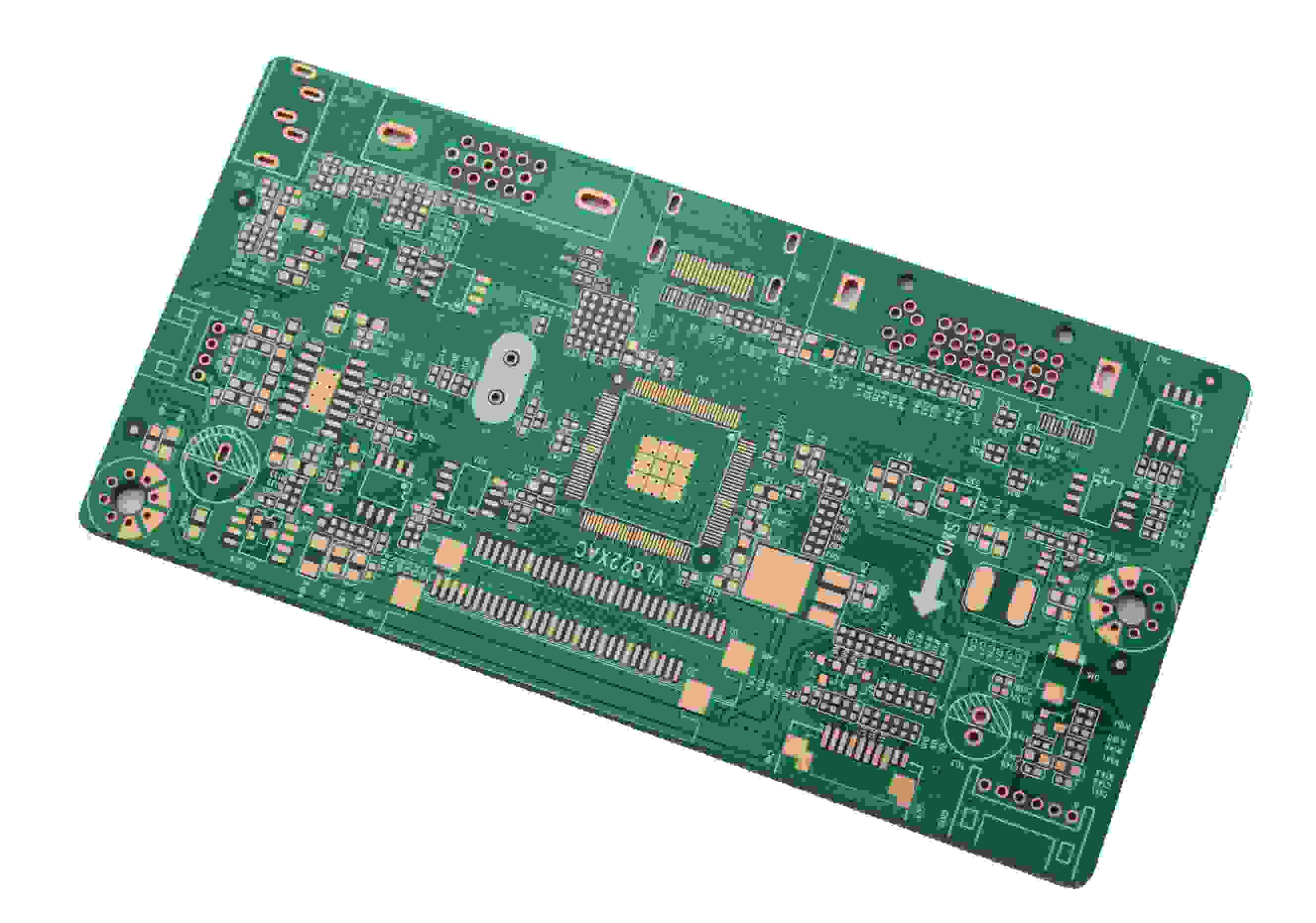
Application of CFD Modeling Method in PCB Thermal Design
As the power level required by the application of multi-phase voltage regulators is getting higher and higher, and the available circuit board area is decreasing, PCB wiring design has become an important part of the thermal design of voltage regulators. The PCB board can help dissipate most of the heat generated by the voltage regulator, and in many cases it is the only way to dissipate heat. Well designed routing can improve the thermal performance of circuit boards by enhancing the effective thermal conductivity around MOSFETs and ICs.
On the other hand, in order to reduce costs, it is necessary to reduce unnecessary routing. Therefore, in order to meet the above objectives, the thermal conductivity change of PCB around the voltage regulator and its impact on the thermal performance of the voltage regulator must be evaluated and adjusted at the design stage.
The common thermal analysis method is to calculate the average of the effective parallel and normal thermal conductivity of the entire circuit board according to the number, thickness and coverage percentage of copper layers and the total thickness of the circuit board, and then calculate the thermal conductivity of the circuit board using the average parallel and normal thermal conductivity. However, this method is not suitable when the local variation of PCB thermal conductivity must be considered.

Icepak is a software tool for thermal modeling, which can be used to study the local changes of thermal conductivity in circuit boards. In addition to the computational fluid dynamics (CFD) function, the software tool also takes into account the routing and vias of the circuit board, and then calculates the thermal conductivity distribution on the entire circuit board. This feature makes Icepak very suitable for the following research work.
Original design and model validation
The Icepak model is created based on the ECAD file in the 1U server application. The routing and via information of the original circuit board is imported into the model.
In order to check the thermal conductivity distribution, the 45 ℃ constant temperature boundary condition can be assigned to the back of the PCB, while the uniform heat flow boundary condition can be assigned to the top.
High temperature represents low thermal conductivity and low temperature represents high thermal conductivity. It can be seen from the figure that the temperature is higher in areas without wiring and lower in areas with more wiring. In the area with large via, the temperature is close to 45 ℃.
This shows that the thermal conductivity distribution is consistent with the routing distribution in the original design. In order to obtain the local effect of the small hole, you should use a smaller background grid size.
In this example, the background grid size is 1 × 1mm。 Each grid contains a circuit board unit, which has its own thermal conductivity in the X, Y and Z coordinate directions. Generally, they have different values.
In this model, the power loss of regulator components and wiring. These power loss values were verified in the previous tests.
1U application model, in which there is air flow above the circuit board. The ambient temperature is 25 ℃, and the internal air flow rate is 400LFM. Figure 2b shows the temperature of the upper surface and components of the circuit board. The element with higher temperature is the MOSFET in the voltage regulator.
When comparing the simulation results of the maximum temperature of each key component group with the test results, we find that they have good consistency.
Reduce circuit board routing
The original PCB design has relatively large wiring coverage, which is intended to increase the heat emission in the circuit board, thereby reducing the voltage regulator temperature. However, in some cases, in order to reduce the cost, the cabling coverage should be reduced and the radiator should not be used. Therefore, the routing will be modified, and then the validation model will be used to predict the voltage regulator temperature. PCB assembly and PCB processing manufacturers introduce the application of CFD modeling method in PCB thermal design.







